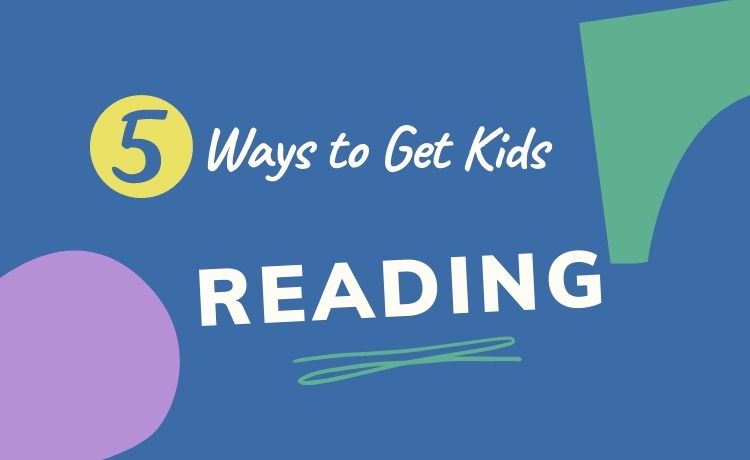We all know it’s important for kids to spend time reading, but sometimes it’s a struggle to get kids to settle in for a book. While some kids are happy to have their nose for hours, others would rather do anything else. Some kids resist reading because it’s hard for them. Others just don’t seem interested.
We believe that reading is for everyone, but everyone doesn’t need to read the same things, in the same ways, or at the same pace. It’s important to ease off the pressure, give kids choices, and help them see how reading can be enjoyable.
Whether you have a born bookworm or a reluctant reader on your hands, here are five simple ways to get kids reading.











Leave a Reply